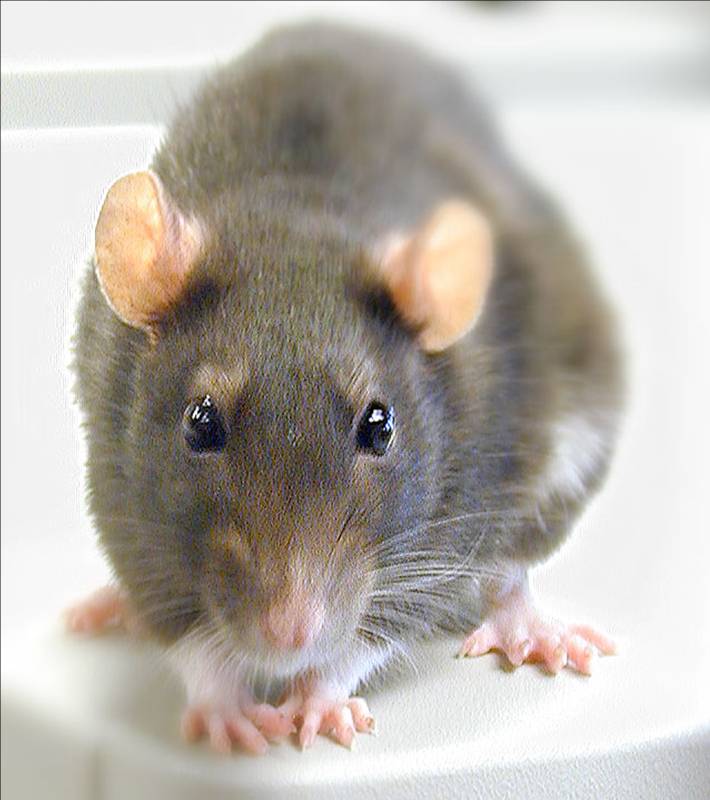The picture of the rat often evokes a myriad of reactions, ranging from disgust to fascination. These small creatures, often misunderstood, play a crucial role in our ecosystem and have been significant in scientific research, culture, and art. Understanding their nuances can help reshape the conversation around these agile rodents and their place in our world.
Rats have long captured human imagination, appearing in everything from urban legends to scientific studies. Their adaptability and intelligence make them unique among rodents, and a picture of the rat can often reveal much about their character and behavior. In this article, we will delve deeper into the world of rats, exploring their biology, cultural significance, and much more.
Whether you are a pet owner, a researcher, or simply someone curious about these creatures, the picture of the rat can provide insight into their lives. From the common brown rat to the more exotic species, each image tells a story that is worth exploring. Let’s embark on this journey to discover what lies behind the lens when we capture a picture of the rat.
What is the Biological Significance of the Rat?
The rat, particularly the brown rat (Rattus norvegicus), is not only a common sight in urban areas but also plays an essential role in various ecosystems. Their biology is fascinating and complex, making them subjects of interest for scientists worldwide.
How Do Rats Contribute to Ecosystems?
Rats serve several functions in their ecosystems:
- Prey for Predators: They are a food source for various predators, including birds of prey, snakes, and mammals.
- Soil Aeration: Their burrowing activities help aerate the soil, which can enhance plant growth.
- Seed Dispersal: Rats often help in the dispersal of seeds, contributing to plant biodiversity.
- Research Models: In labs, rats are used for studying genetics, psychology, and human diseases.
What is the Cultural Perception of Rats?
The perception of rats varies widely across different cultures and communities. While some view them as pests, others see them as symbols of resilience and adaptability.
How Are Rats Represented in Art and Literature?
Rats have made their mark in various forms of art and literature:
- Literature: Rats often symbolize cunning and survival. Examples include the character of the rat in "The Tale of Despereaux" and the iconic "Rat" in "The Wind in the Willows."
- Art: Many artists have used the image of the rat to depict themes of urban life, survival, and the consequences of poverty.
What Are the Common Misconceptions About Rats?
Rats are often associated with disease and filth, leading to several misconceptions that overshadow their positive attributes.
Are Rats Really Dangerous to Humans?
While rats can carry diseases, the actual risk of transmission is low, especially in urban areas with proper sanitation. Understanding their behavior can mitigate fear:
- Rats are generally shy and avoid human contact.
- They can be trained and socialized, making them suitable pets for many families.
What Makes the Picture of the Rat So Compelling?
The picture of the rat can be more than just an image; it can evoke emotions, tell stories, and challenge perceptions. A well-captured photo can highlight their intelligence, social behaviors, and adaptability.
How Can Photography Influence Our Understanding of Rats?
Photography is a powerful tool for shaping public perception. Here’s how:
- Awareness: Stunning images can raise awareness about the ecological roles of rats.
- Empathy: Capturing their social interactions can foster empathy towards these creatures.
- Education: Educational campaigns using images can help dispel myths about rats.
Can Rats Be Good Pets?
Many people are surprised to learn that rats can make excellent pets. They are social, intelligent, and relatively easy to care for.
What Do You Need to Know Before Getting a Rat as a Pet?
- Social Creatures: Rats thrive on companionship, so it’s advisable to keep them in pairs or small groups.
- Habitat: They require a spacious cage with activities to keep them mentally stimulated.
- Diet: A balanced diet is crucial for their health, including fresh fruits and vegetables.
Conclusion: Embracing the Picture of the Rat
In conclusion, the picture of the rat can serve as a gateway to understanding these remarkable creatures. By challenging existing perceptions and embracing their multifaceted roles in our world, we can foster a greater appreciation for rats and their contributions to our ecosystems, culture, and even as companions. Next time you come across a picture of the rat, take a moment to reflect on the story behind it—there's often much more than meets the eye.
You Might Also Like
Unraveling The Mystery: Why Are A Bunch Of Videos Suddenly Hidden On YouTube?Discovering The Charm Of The Old Steakhouse In Vegas
Illuminate Your Heart: The Story Behind The Country Song "Leave The Lights On"
When Humor Meets Controversy: The Eating Cats And Dogs Meme Phenomenon
Understanding Stellar Crown Pull Rates: A Complete Guide
Article Recommendations
- Alex Landi Partner
- Jamerrill Stewart Husband Divorce
- Ski Mask The Slump God
- Tom Hanks Diddy Combs
- Pavarotti Nodule Quit Singing
- Nancy Kulp
- Cornelius Grobbelaar
- Nikki Cat Surat That
- Vegasabout Us
- Is Janice Combs Still Alive


